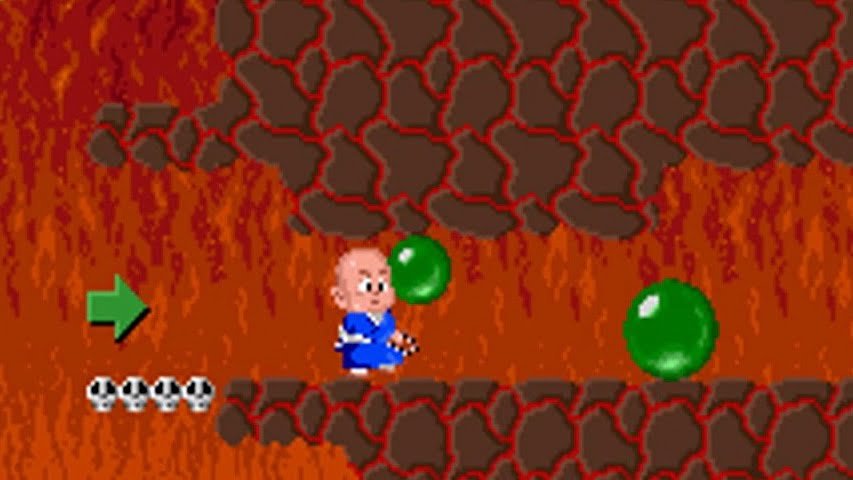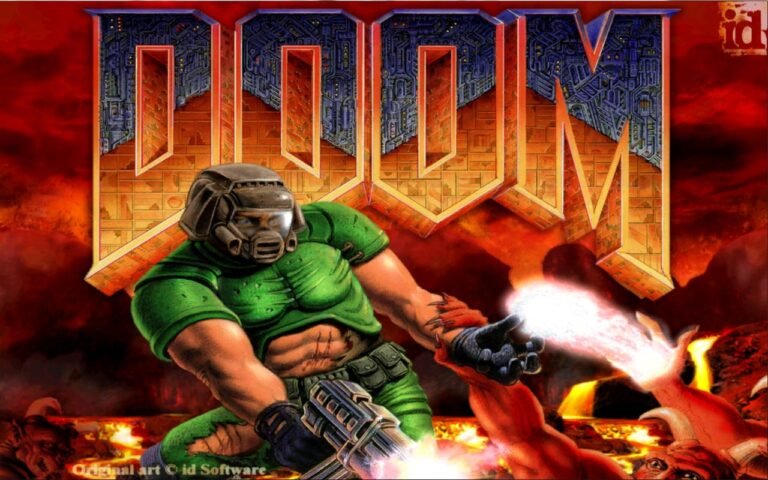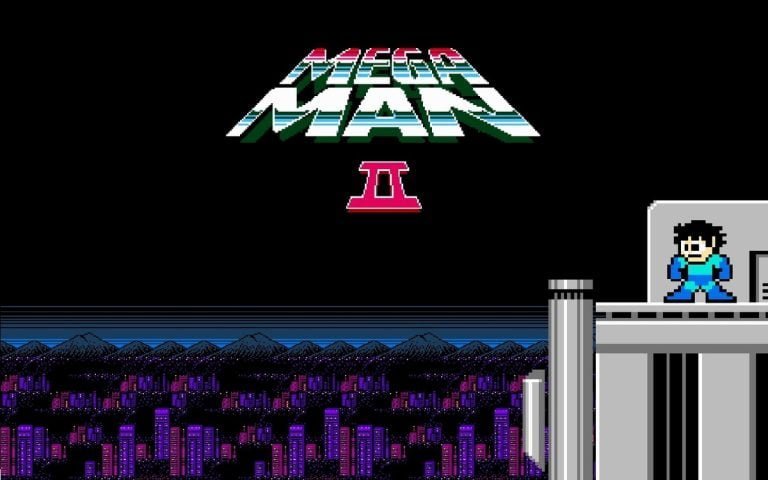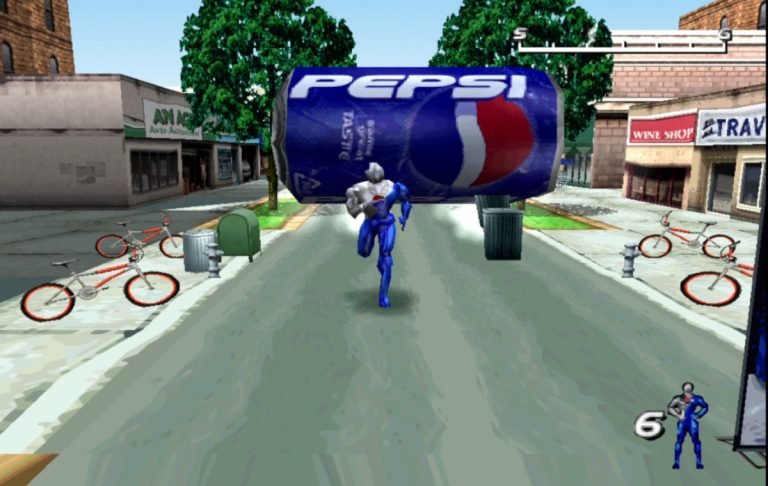What Makes Bonze Adventure So Special?
Last Updated on May 23, 2023
It’s a stunning platformer, but what really makes Bonze Adventure stand out among other games of the era?
If there’s one complaint you could make of the 2D platformer’s golden era, it’s that too often the games resigned themselves to the same settings and tropes. This would’ve been okay for those soaking in the arcade experience, but through the lens of retrospective emulation it can become a bore. The information age has given retro gamers the gift of endless media, an ever-expanding catalogue of games past and present; it’d be a touch ungrateful to complain about too much of a good thing, right?
Well despite this embarrassment of riches, I’d bet that if you had an exhaustive list of platformers, you’d get a little tired of the same gun-toting military men shooting fictional terrorists of ambiguous origin. There are just so many of these scenarios flying about the genre, it can get exhausting combing through the unremarkable abundances of a once revolutionary industry. For every 10/10, there’ll be at least 10 titles you’ll forget after playing. Yet there is one massive positive to this litany of platformers because once you find a diamond in the rough, you’ll definitely notice.
Enter Taito’s Bonze Adventure (or Jigoku Meguri in Japan)
The 1988 title is unique in its setting, if not terribly innovative with its gameplay, trading bullets for prayer beads in a tour of the ancient-Eastern inspired afterlife. The player assumes the role of a lone Buddhist monk as he travels across seven different hells to confront the mythical King Emma.
This game deserves your time, it’s a rare case of an arcade platformer selling itself not on what it does, but entirely how it does it, switching from bubbly to brutal at a moment’s notice.
The deity has lost his mind and condemned the once orderly underworld to an eternal frenzy, creating an overflow of encroaching evils that only you can stop. Along the way, you’ll battle an onslaught of yokai including will-o-wisps, kitsune and other freaky denizens of Japanese mythology.
Premise aside, each hell functions as a level with its own tone, challenges and gimmicks. You’ll start with your standard, throwable blue prayer beads but can obtain power-ups to upgrade your arsenal. Different prayer beads carry unique elemental powers and can grow if you collect the same of a certain colour. You can also activate special, screen filling powers when you fire them with the crouch button held down.
This special move is a double-edged sword because abusing it will default you to your small blue ammo, leaving you at the mercy of your enemies. Make no mistake, enemies are everywhere and they’re rabidly persistent, homing in with a swarm of projectiles in tricky patterns. With enough upgrades though, you can slice through them like butter in their endless droves, boiling down to a firm but fair experience that genre vets will likely breeze through.
The game’s carefully crafted levels and their visuals are what really makes it worth playing. Bonze manages to strike a very self-aware balance between what is comically cute and what is eerily morbid; the result is an uncanny overworld teeming with personality. Sailing on a river in a cute little boat, before becoming cornered by a towering zombie with an endless penchant for punishment comes to mind. It feels like no matter what you’re doing, the game is always ready to shock you with its seesawing presentation.
Go to (fourth) hell
Nowhere else is this tonal pendulum more apparent than the fourth hell, titled “Bloody Pond.” Gone is the soundtrack, in its place the unsettling gurgle of bubbling blood. A shaky footpath of skulls that crumble underfoot is your one way forward. The only other sound you’ll hear is a dizzying jingle accompanying a full-bearded flying fish that tracks you down like it’s the T-1000. Should you fall into the pond, your monk will thrash about in the gory waters before sinking to the bottom.
Sounds bizarre, right? Told you.
Other levels include the slippery snow themed “Glacier Trap,” the claustrophobic labyrinth called “Lose-Your-Way Maze” and the perilously platformy “Burning Inferno.” The level layouts may be similar at times but between the music, foes and presentation they’re bursting with identity. It’s only when you reach Emma in the final showdown that the game’s focus becomes its difficulty–the spike is a severe one, it demands tight reflexes and a lot of patience–and it will make you question whether you’re playing an obscure Taito game or Ghosts ‘n’ Goblins.
Gone is the soundtrack, in its place the unsettling gurgle of bubbling blood… the only other sound you’ll hear is the dizzying jingle of a full-bearded flying fish that tracks you down like it’s the T-1000.
This game deserves your time, it’s a rare case of an arcade platformer selling itself not on what it does, but entirely how it does it, switching from bubbly to brutal at a moment’s notice. The OST is immersive; moody, foreboding and mysterious, brightened by a medley of eastern inspired instrumentation. It’s as though each level’s soundtrack provides a cautious voice to the capricious mayhem unfolding on screen, echoing the player’s apprehension. In a genre typically devoid of any huge accompanying narratives, this effect goes a long way, just one of many things this title does better than the rest.
If you’re playing Bonze Adventure for the first time, you may get flashes of other Taito gems. The spherical ammunition and cartoon visuals of Mizabaku Daibouken (Liquid Kids in the west) meets the fantastical terrain hopping of their famed Rastan series to create a stylish hybrid that fans of both will get a kick out of. The problem here is that it shares their flaws, from occasionally demanding pixel perfect execution to its habit of dispensing unmanageable numbers of enemies.
Bonze Adventure’s ports
All the same, it’s a shame that this game has seen very limited ports and re-releases since it came out in 1988. Bonze Adventure had its first port on the PC Engine in 1990, where it went by its Japanese title. This version of the game has minor graphical and musical downgrades, but it doesn’t compromise the game’s visuals or tracks too badly–it just feels a tad inferior.
The game was most recently seen again on all versions of Taito Legends (Taito Memories in Japan) in 2006. It stands out as one of the more unknown titles on the list but shouldn’t be overlooked. Don’t hold your breath for a modern re-release, but remember that Taito have been quietly shuffling out their old titles on modern consoles (Elevator Action Returns, Mizabaku Daibouken). They’ve been dipping into their Sega Saturn games as of late, published by Ving and previously known for being egregiously expensive and exceptionally rare. With these ports finding homes on Nintendo Switch, Steam, PlayStation 4 and Xbox Series X, could it be Bonze Adventure’s time? It can hardly be at the top of their list but who knows? Only time will tell.
At the time of writing, Taito have released Arcade Memories Vol 1 in Japan, an SD card filled with additional titles for their acclaimed Egret II Mini cabinet. It’s a stretch, but the relative obscurity of some of these games suggests that Bonze Adventure can’t be ruled out for future releases. If you have a PlayStation 2 or Xbox to hand, then you’ll be able to find a copy of Taito Legends/Memories for quite cheap, but don’t expect to find a good price on the PC Engine, it can go for quite a bit of money!
Bonze Adventures has recently been released on Nintendo Switch and Sony PlayStation 4, as part of the Arcade Archives library.
Will has been a writer in the industry for seven years, chiefly on the topics of fitness, well-being and gaming. A life-long collector of rare and obscure games and consoles, he also has a warm fondness for all things arcade gaming. When not working out and writing, he can be found patiently waiting for his favourite arcade oddities to hit the market once more.





